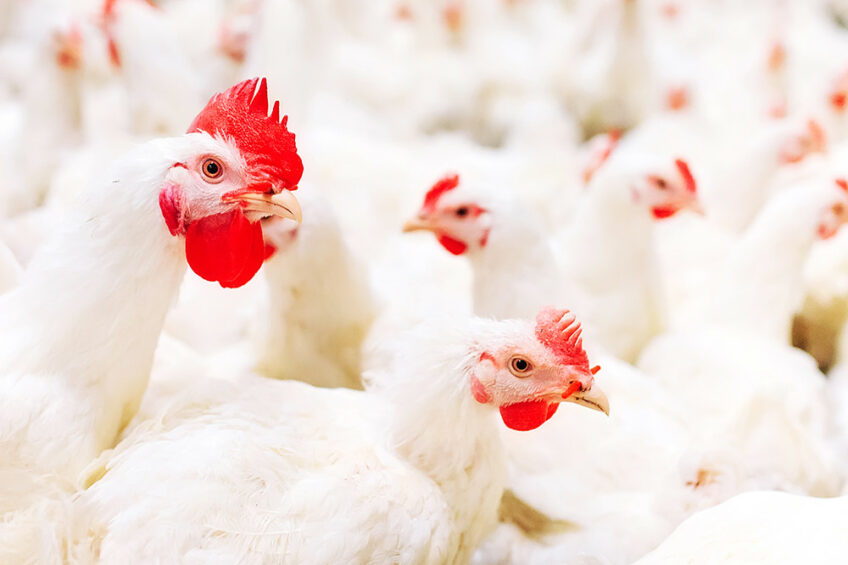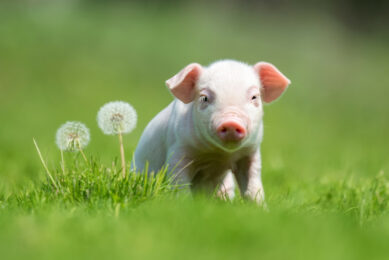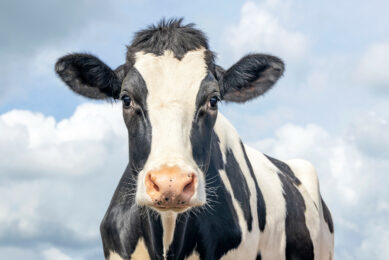Maximise poultry health and performance with YeaFerm EX100

Poultry meat and eggs are among the products of animal origin most widely eaten worldwide, and they represent excellent sources of protein and other nutrients. Their consumption has been steadily increasing over the last 50 years, and this is expected to further expand in the future. Consequently, enhancing the efficiency of animal production has emerged as a common concern. In recent years, numerous studies have demonstrated that Yeast culture can exert beneficial nutritional and health effects on poultry.
Yeast culture (YeaFerm EX100) selects high-quality yeasts, utilises advanced biotechnological fermentation processes, and contains yeast extracellular metabolites (nucleic acids, polysaccharide, proteins, peptides, enzyme, vitamin, organic acids, etc.), yeast cell contents, and post-fermentation raw materials, which could improve feed utilisation efficiency, enhancing disease resistance and effectively stimulating the olfactory-taste system.
Functions of YeaFerm EX100 for poultry
1. Promoting the digestion and absorption of nutrients
Organic acids such as lactic acid and malic acid present in YeaFerm EX100 can improve the gastrointestinal environment and microbial structure in poultry. These acids help stabilise intestinal pH, promote the growth and activity of beneficial bacteria such as lactic acid bacteria and cellulolytic bacteria, and increase the effective concentration of probiotics in the gut. Consequently, they enhance the breakdown, synthesis, digestion, absorption, and utilisation of nutrients in feed, ultimately contributing to improved production performance.
2. Adsorb pathogens and improve disease resistance
The pathogen-adsorbing capacity and the immunomodulatory effects of YeaFerm EX100 are attributed to its functional components, such as mannan oligosaccharides and β-glucans. Among them, mannan is similar to the receptor of the pathogen on the intestinal tract, so when it binds to mannose-specific lectin on the surface of a pathogen, it significantly reduces the adhesion of pathogen on villi and makes it impossible for the pathogen to plant on the intestinal wall. In particular, β-glucan induces B cells to produce IgG immunoglobulin by binding complement receptor type three (CR3), Dectin-1 or TLRs on macrophages, neutrophils, dendritic cells, and natural killer cells, and finally improve immune function in animals.
Figure 1 – Mechanism of β-glucan and mannan for improving the intestinal environment
![Source: Liu Y, Wu Q, Wu X, et al. Structure, preparation, modification, and bioactivities of β-glucan and mannan from yeast cell wall: A review[J]. International journal of biological macromolecules, 2021, 173: 445-456.](https://www.allaboutfeed.net/app/uploads/2025/06/Figure-1.jpeg)
3. Serve as nutritional supplement and participate in host nutrient metabolism
YeaFerm EX100 is composed of a diverse range of bioactive substances, such as B-vitamins, amino acids, oligosaccharides, nucleotide, digestive enzymes, volatile fatty acids, and potentially unidentified growth factors. These components contribute significantly to improving feed nutritional quality, enhancing nutrient metabolism in the host, and supporting optimal animal performance.
Improving the growth performance of broilers
Cobb broilers were fed diets supplemented with 0.5% and 1% YeaFerm EX100 (YeaFerm EX100, provided by Angel Yeast Co. Ltd.) for 42 days. Compared with the control group, dietary supplementation with 0.5% and 1% YeaFerm EX100 significantly decreased the feed conversion ratio and increased the European index. Additionally, average daily gain in 0.5% or 1.0% YeaFerm EX100 group was increased by 2.1g and 0.8 g.
Improving the production performance of laying hens
A total of 720 layer hens were randomly allocated to three diet treatments, the basal diet with 0 (control), 0.1% and 0.2% YeaFerm EX100 (YeaFerm EX100, provided by Angel Yeast Co. Ltd.) for 42 days, respectively, with 6 replications per treatment and 40 birds per replication. Compared with control group, the diet supplemented with 0.1% YeaFerm EX100 increased the average egg weight by 0.36%. The feed-to-egg ratio in YeaFerm EX100 group was decreased by 3.37% and 5.29%, respectively. Additionally, the laying rate in 0.2% YeaFerm EX100 group was increased by 2%.

The addition of YeaFerm EX100 to poultry diets proves to be an effective strategy for improving growth performance, boosting disease resistance, and enhancing overall productivity. Its ability to improve nutrient absorption, support immune functions, and provide essential bioactive components makes it a valuable addition to poultry feed formulations, benefiting both broilers and layer hens.






